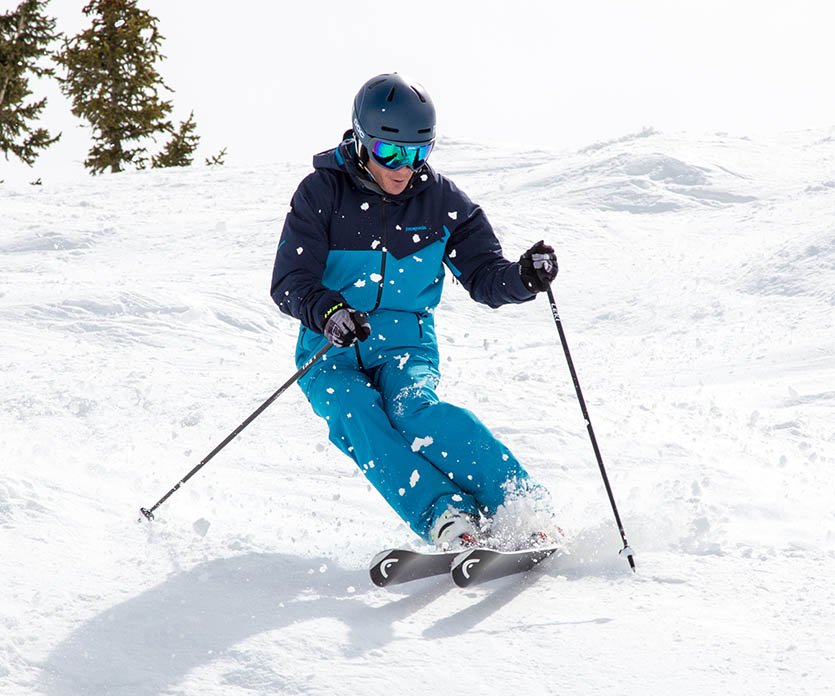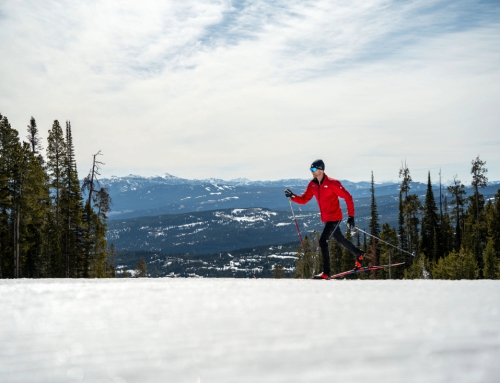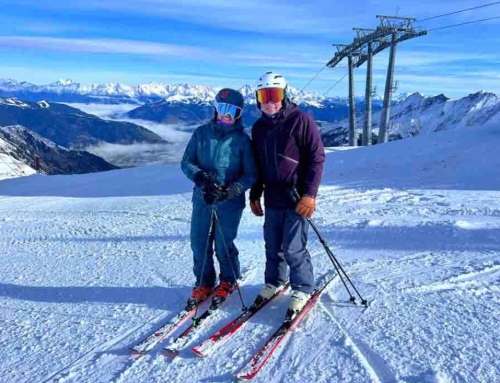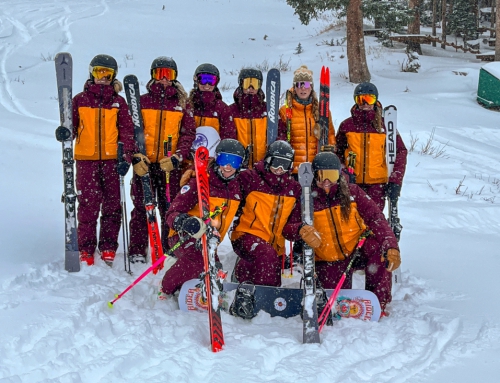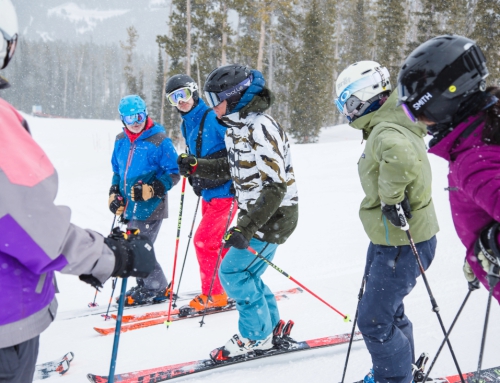Eric Lipton’s Myth Busters: Three Fibs Ski Instructors Tell
PSIA-AASI Alpine Team member Eric Lipton introduced a little reality-TV-style gut check to the ski instruction process with his own version of Myth Busters at National Academy 2014 this week.
“Instructors sometimes say things that aren’t always rooted in fact,” Lipton told his afternoon indoor elective audience. “They do it to try and help students actively feel or understand something they are trying to teach. They just have to be aware that what they are saying may not be technically accurate.”
Lipton said the discrepancy is often based on the difference between technical concepts and teaching cues. “Saying, ‘I want you to feel this,’ or, ‘Picture this,’ can have relevance for the student,” he said. “But that doesn’t make it true for technical skiing.”
Here are his three top myths, and the actual facts:
Myth #1: There is No Leading Ski
Instructors often tell students, “Pull the inside foot back,” “Keep your tips more even,” or, “Don’t let the inside ski move ahead,” to keep the front of the inside ski engaged, and allow for a quicker, smoother transition between turns. These are valid points, and I’ve used these reasons too. It’s important, though, that the instructor understands the need for a “lead ski,” and doesn’t confuse the teaching cue with absolute fact.
It’s an anatomical fact that there is always a lead ski. He said, “Even if you are standing on a hill in your shoes, in order for the uphill leg to bend, it has to be ahead of the downhill leg.”
Myth Busted: As the inside leg shortens to allow the center of mass to move inside the turn, the inside foot must move forward, creating a “leading inside ski.”
Myth #2: Ski with 50/50 Weight Distribution
Instructors often tell students, “Be more 50-50,” “Be more two-footed,” or “Put more weight on your inside ski.”
However, with the exception of some mogul and powder skiing, skiers are always putting more weight on one ski than the other, and always ski better, with more control and edge angle, when they stand on their outside foot.”
Myth Busted: Good skiers direct pressure to the outside ski.
Myth #3: We Don’t Need “Counter” or Upper-Lower Body Separation in Medium- to Long-Radius Turns
Some instructors claim that counter rotation of the upper body is best for short turns and bumps, and not as important for GS-style and longer radius turns.
Using images of top World Cup racers running Super G and Downhill, Lipton demonstrated how strong counter and leg rotation are always an asset. He said without it, skiers lose edge angle, turn preparation, and the ability to choose their line.
Myth Busted: Upper-lower body separation is critical to allowing the legs to turn beneath the body. The only time you want to be facing in the same direction as your ski tips is when they’re turning back across the fall line.
“Teaching cues are important, but you have to link them to the technical concept,” Lipton said. “At the end of the lesson, lose the drill and keep the skill. Finish all lessons by bringing them back to the fundamentals of linked turns.”
– Peter Kray

